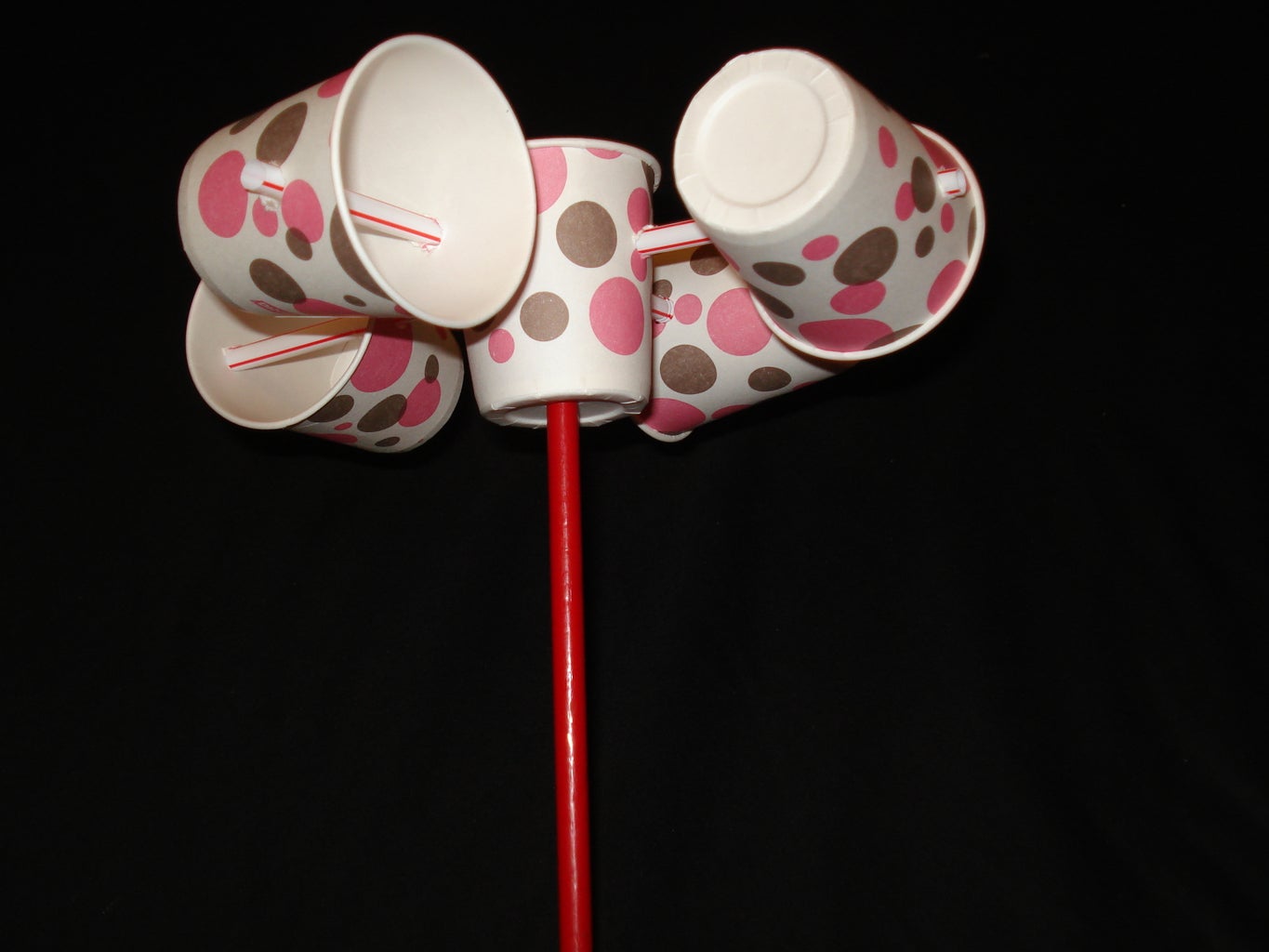The Duty of an Anemometer in Improving Security for Outdoor Activities
The Duty of an Anemometer in Improving Security for Outdoor Activities
Blog Article
All You Need to Understand About Anemometers: Exactly How They Function, Why They Issue, and Where to Utilize Them
Anemometers, however usually overlooked in the realm of clinical tools, play a vital role in different areas, supplying valuable insights into wind speed and airflow patterns. As we dig right into the ins and outs of anemometer modern technology, we will certainly uncover the internal functions of these tools, their relevance, and the key considerations when choosing the appropriate anemometer for specific applications.

Anemometer Basics
A crucial instrument made use of to measure wind rate and instructions, the anemometer plays an important duty in weather forecasting and various markets. An anemometer typically is composed of three or 4 mugs that rotate in the wind, a vane that directs into the wind, and sensing units to track the turnings or movements.
There are numerous types of anemometers offered, including cup anemometers, vane anemometers, hot-wire anemometers, and sonic anemometers, each with its special functions and applications. Mug anemometers are commonly made use of for standard wind rate measurements, while vane anemometers are preferred for directional measurements.
Concepts of Anemometer Procedure
Building on the foundational understanding of anemometer fundamentals, the principles of anemometer operation illuminate the auto mechanics behind wind speed and direction dimensions. Anemometers run on the concept of air flow influencing a sensor, triggering it to turn. Cup anemometers, for instance, have 3 or more mugs that record the wind, creating them to spin faster as the wind rate rises. The rotation rate is then exchanged a wind speed measurement. Vane anemometers, on the other hand, utilize a tail or a probe that aligns itself with the wind instructions, offering a measurement of wind direction based upon the positioning of the sensor. Hot-wire anemometers rely upon a warmed cable that cools off as wind overlooks it, with the rate of cooling down determining the wind rate. Ultrasonic anemometers action wind rate and direction by assessing the time it considers ultrasonic signals to travel in between transducers. Recognizing these concepts is crucial for reputable and accurate wind dimensions in various applications.
Significance of Anemometers
Anemometers her comment is here play an essential duty in determining wind rate and direction, supplying essential information for weather forecasting, climate researches, environmental surveillance, and aviation operations. Meteorologists rely on anemometers to collect precise wind data, aiding them comprehend climate patterns, forecast storms, and issue timely warnings to the public. Wind ranch operators Our site make use of anemometers to examine wind conditions and make best use of electrical energy production from wind generators.
Applications Across Numerous Industries
In the sustainable power field, anemometers play a critical duty in evaluating wind problems for wind ranch positionings, ensuring optimal power manufacturing. Industries like building and construction and mining utilize anemometers to keep track of wind speeds, vital for safety and security protocols, particularly when functioning at heights or in open-pit mines where strong winds can pose threats. In agriculture, anemometers assist farmers in handling plant spraying by offering real-time data on wind rate to stay clear of drift.

Choosing the Right Anemometer for Your Demands
For basic functions, a cup anemometer is appropriate for gauging wind rate, while a vane anemometer gives wind instructions data. Hot-wire anemometers are ideal for reduced airspeed measurements, and ultrasonic anemometers offer high precision and resilience.

Verdict
In final thought, anemometers play an important role in gauging wind rate and direction throughout various markets. It is crucial to consider the importance of anemometers in order to make educated choices when picking the most appropriate device for gauging wind conditions.
There are various kinds of anemometers offered, including cup anemometers, vane anemometers, hot-wire anemometers, and sonic anemometers, each with its distinct functions and Learn More Here applications. Mug anemometers are typically made use of for fundamental wind speed dimensions, while vane anemometers are preferred for directional measurements. Hot-wire anemometers are suitable for low airspeeds, and sonic anemometers are perfect for high-precision dimensions in research study and industrial setups.Building on the fundamental understanding of anemometer fundamentals, the principles of anemometer operation clarify the technicians behind wind rate and instructions dimensions. For basic objectives, a cup anemometer is suitable for determining wind speed, while a vane anemometer offers wind instructions information.
Report this page